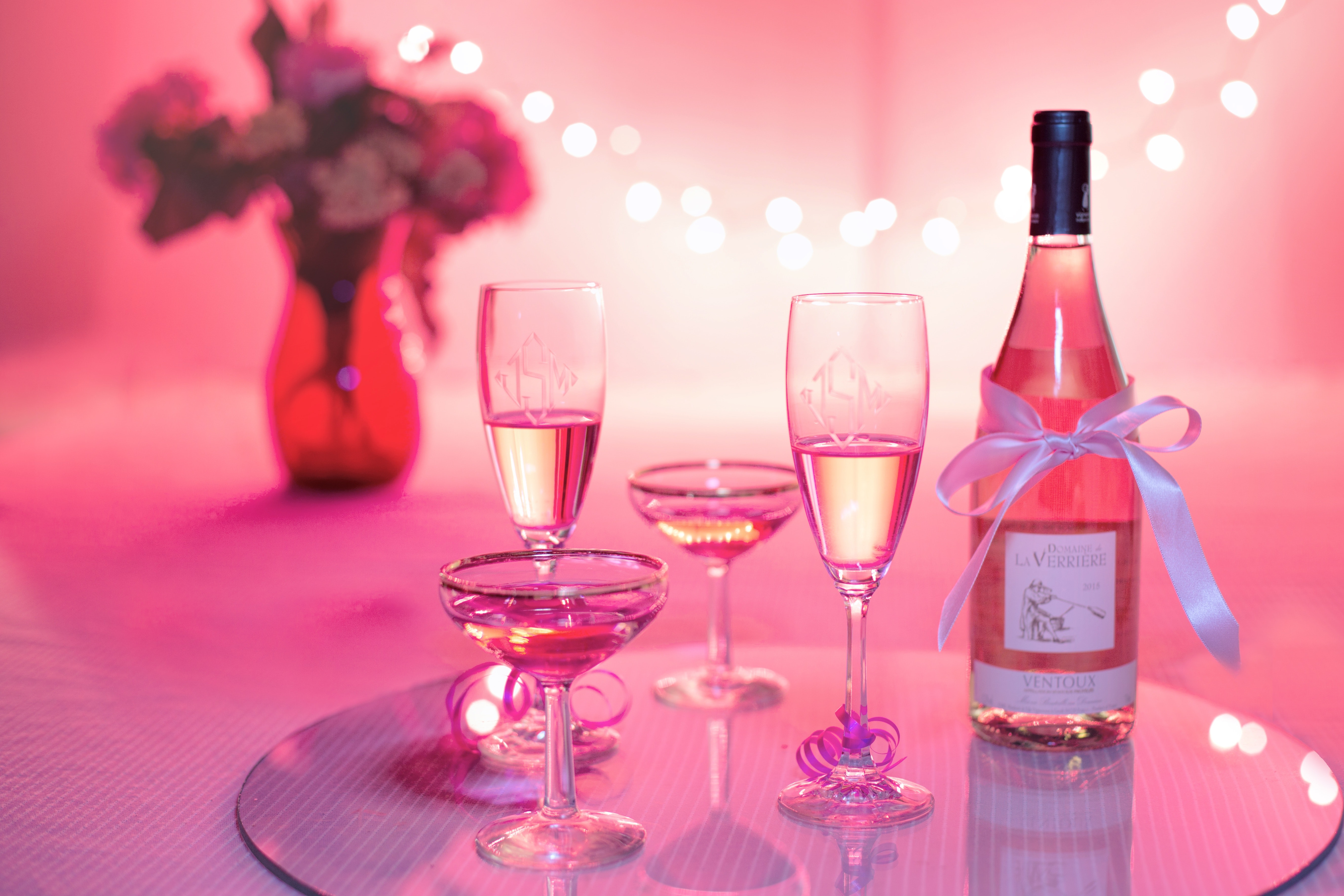The Pink Stuff
Posted by Jenn G. on Apr 17, 2020
This time last year you may have been like me, wandering your neighbourhood marvelling at the cherry blossoms in their array of pinks, soft and downy and sweet...a yearly sight that brings with it an end to winter and a promise of summer soon to come. Longer days, warmer sunshine and friends coming out of cold weather hibernation to spend social time together once again, perhaps even outside basking in the suns glow.
Though we may not be experiencing the usual liveliness of a B.C. spring this year, some things never change; this time of year is when my tastes and spirit would naturally venture away from the deep dark luscious reds of winter, and begin to crave the lightness and sweet summer promise of a beautiful bottle of Rosé. There’s something about the sight of a classic, clean, and crisp glass of Rosé in the sun, whether it’s outside or on your table. It evokes a feeling of cheeky fun, culture and class, the Little Black Dress of wine if you will.
So, what is this “pink stuff” and why is it so popular?
Unlike white grapes that become white wine, and red grapes that become red wine, pink grapes don’t exist (as much fun as that would be). So, how do winemakers create a style of wine that always has such a beautiful pink color? The answer here is skin contact. When all grapes, no matter their colour, are juiced, the juice that runs out of the fruit is clear. Wines receive their color not from the juice but from the juice’s contact with the skin of the grapes. As the skins and the juice soak together, the colour from the skin bleeds into the juice, giving the wine its color. This process is known as maceration.
Winemakers create a rosé wine by juicing red grapes and then allowing the juice to soak with the skins for a very short period, usually only two to three days. As soon as the juice begins to take on the beautiful pink colour the winemaker desires, the skins are removed and the juice is allowed to ferment, creating delicious rosé.
The most popular and widely recognised style of rosé is Provençal, made in the wine-producing region of Provence in southeast France. Made using only red grapes, Provençal wine is incredibly light in colour, and uses a multitude of grape varieties including Grenache, Cinsault and Mourvèdre, resulting in complex berry, citrus and floral notes.
Probably the most popular example of a Provence-style is Whispering Angel, which claims to be the best-selling rosé in the world. Here in B.C. we are a paradise for rosé lovers with no shortage of local varietals to indulge in. In general, rosé wine is meant to be consumed right away, so enjoy the current vintage with reckless abandon. After all, rosés will make their return again next spring, and you can enjoy them all over again!
Marquis is proud to offer a wide variety of rosé for your enjoyment and would encourage you to try this style of wine the next time you feel the urge to follow your imagination and feel the liberation of a symbol of summer to whisk you away. Our selection changes often and we are always glad to give recommendations to fulfill your rosé journey.
Currently chilling in my fridge are:
Gourmandise 2018 Mediterranee Rosé: produced by Master Vignerons of Saint-Tropez, this fun and carefree rosé is the perfect partner to bring along to any summer outing. Aromas of fresh red fruits and white flowers on the nose. Flavours of exotic red fruits and berries give way to a fresh and tangy finish. Pair with Asian cuisine, cocktail dishes, finger food, or alone as an aperitif. For immediate enjoyment. Winner of the Gold Medal at the Concours Général Agricole in Paris 2019.
Time Estate 2018 Rosé: Sourced from Silver Barrel Vineyard, perched above Skaha lake, this Syrah rosé has amazing strawberry aromas, great body, crisp acidity and long finish. Aromas of red berries, tropical fruit, and fresh grapefruit spring from the glass with each swirl. The palate is dry and focused, with additional flavours of raspberries and strawberries, leading to a long, citrus finish. Delicious on its own but endlessly versatile with food.

